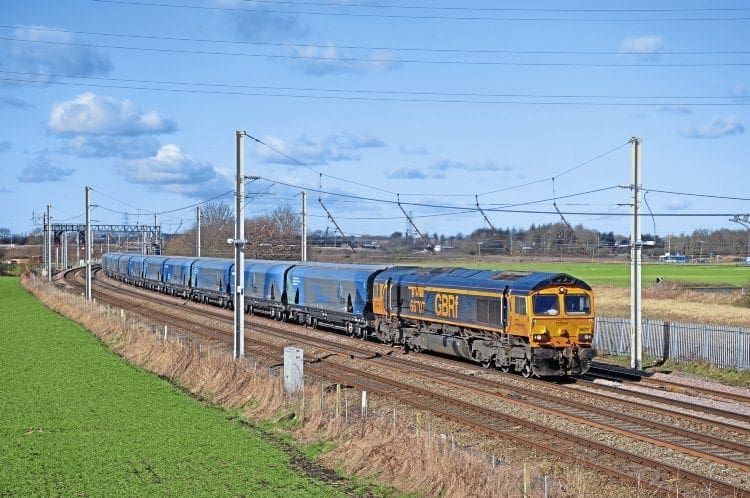The term biomass will be familiar to many, but what is it, where does it come from, and how is it used? Chris Milner visits Drax power station, the first in the UK to switch to biomass consumption on a large scale, and finds out how rail plays a vital link in the supply chain.
ANYONE who has travelled north along the East Coast Main Line between Doncaster and York can’t fail to have noticed Drax power station, prominent in the flattish landscape – a thin veil of vapour drifting skywards from some of its 12 cooling towers.

Drax plays a key part in electricity generation for the UK. Its six generators – three running on coal and three on biomass – can produce a combined output of 3,960 megawatts, the highest of any power station in the UK, which represents around 7% of the country’s total energy needs, of which 5% is renewable. Conversion of a fourth to biomass is under review, so that would mean an increase in rail traffic.
Monthly Subscription: Enjoy more Railway Magazine reading each month with free delivery to you door, and access to over 100 years in the archive, all for just £5.35 per month.
Click here to subscribe & save
Read more in the August issue of The RM




